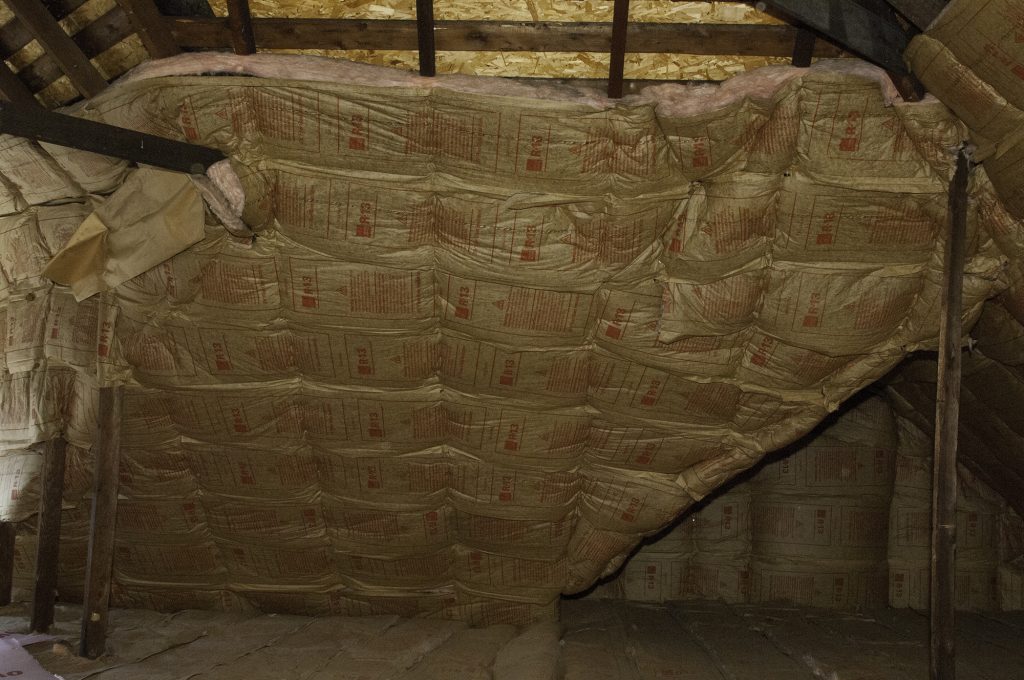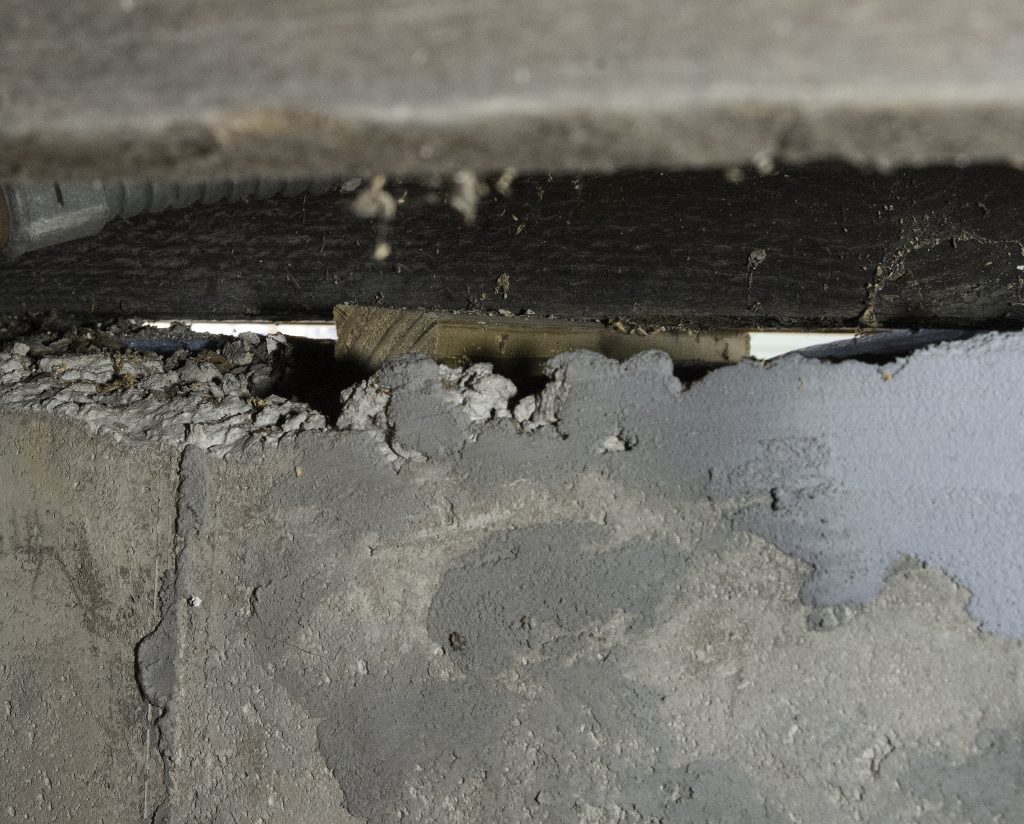NEWS
Home Renovation: ABCs of Insulation
Focus on key areas for insulation and weatherization to cut your energy bills and increase your comfort.

In the earliest forms of shelter, people sought ways to keep cold air out or warm air in, and we’re still wrestling with the same calculation today.
Egyptians used thick walls of mud, low roofs, small windows, and even asbestos for insulation. Greeks made strides in insulating buildings by developing cavity walls — dual exterior walls with an air gap in between — to trap air and thereby moderate temperature. Romans adopted cavity walls and used cork to insulate hot water pipes. Other forms of insulation have included scraps of cloth tucked in to gaps and thick linen drapes on windows and walls. Straw and other materials were used to fill wall cavities.
Fiberglass insulation, accidentally invented in the 1930s, grew to become the most popular form of insulation. All of these methods, ancient and modern, are meant to slow the transfer of heat.
Insulation is available today in several forms: loose-fill cellulose, fiberglass batt, spray foam, and insulation board. Adding insulation can increase your comfort and decrease your energy bill, but only if you choose the right type and locations and use proper installation techniques. To make these decisions, you need to understand the construction of your home. Improperly adding insulation to a building can not only limit the energy savings you desire but can also unintentionally damage the house.

(Photo: Cliff Zenor)
The goal in insulating a vintage house is not to completely seal the building. Houses need to breath. The type of insulation and where you place it affects the different systems and parts of your house that interact. Insulation stops the flow of warm air that wants to move toward the cold. Because warm air also carries water vapor, your home needs to provide a way vent that vapor. Vapor that cannot escape condenses — turns into moisture — and causes mold and damage to structural elements.
Air moves in and out of your home from many different directions and sources. Don’t make windows your first focus, although their repair and weather stripping is a good step to take. You should start in the least glamorous spaces — the basement and the attic — because of the stack effect: cold air enters through holes in the basement and rises through the house, exiting through the holes in the attic. The holes don’t have to be large: very small, barely visible openings can make a large difference.

Gap between foundation and sill plate. (Photo: Cliff Zenor)
You can develop a plan of action by either hiring a professional to conduct an energy audit that would include a blower door test. Blower doors tests involve pressurizing your home with a large fan that enables the tester to identify air leaks within the home.
You could also discover the air leaks yourself on a very cold day when the difference in temperature between inside and outside air is greatest. It’s even better if it is a windy day outside. Take an incense or smoke stick and move through your house, starting in the basement. Put the smoke stick around the connection of the wood sill and the foundation and around other penetrations like windows, wires, vents, pipes or other places where gaps may exist that allow air to enter the basement. If you notice the smoke moving with the air flow, you’ve discovered a leak. Upstairs, place the smoke stick around plugs and switches, can lights, window trim and baseboards. Take a clipboard or tablet with you and make note of the areas of air infiltration that you need to seal.
Adding insulation in the walls of vintage homes presents a challenge. Removing interior plaster is beyond most DIY ambitions and budgets, so it’s more productive to focus on the steps noted here for the basement, along with looking to the attic, as well as appropriate storm windows. These actions, along with stopping air infiltration around switch and plug covers on outside walls, and by caulking around trim and weather-stripping doors and windows, is your best return on the dollar and preserves original interior elements. Without a vapor barrier, blown-in wall insulation, which provides no vapor barrier, can lead to exterior paint blistering in wood structures and can cause rising damp in masonry houses.
Insulating a vintage home involves planning the multi-faceted, interrelated tasks, large and small, that pay off in better comfort and smaller utility bills.
More information
You’ll find great advice on improving the energy efficiency of your vintage home from the EPA:
https://archive.epa.gov/region5/sustainable/web/html/energyadvice.html
The Department of Energy provides detailed DIY insulation tips:
http://energy.gov/energysaver/do-it-yourself-energy-savings-projects
This article first appeared in South Bend Tribune.
Stay up to date on the latest news, stories, and events from Indiana Landmarks, around the state or in your area.
